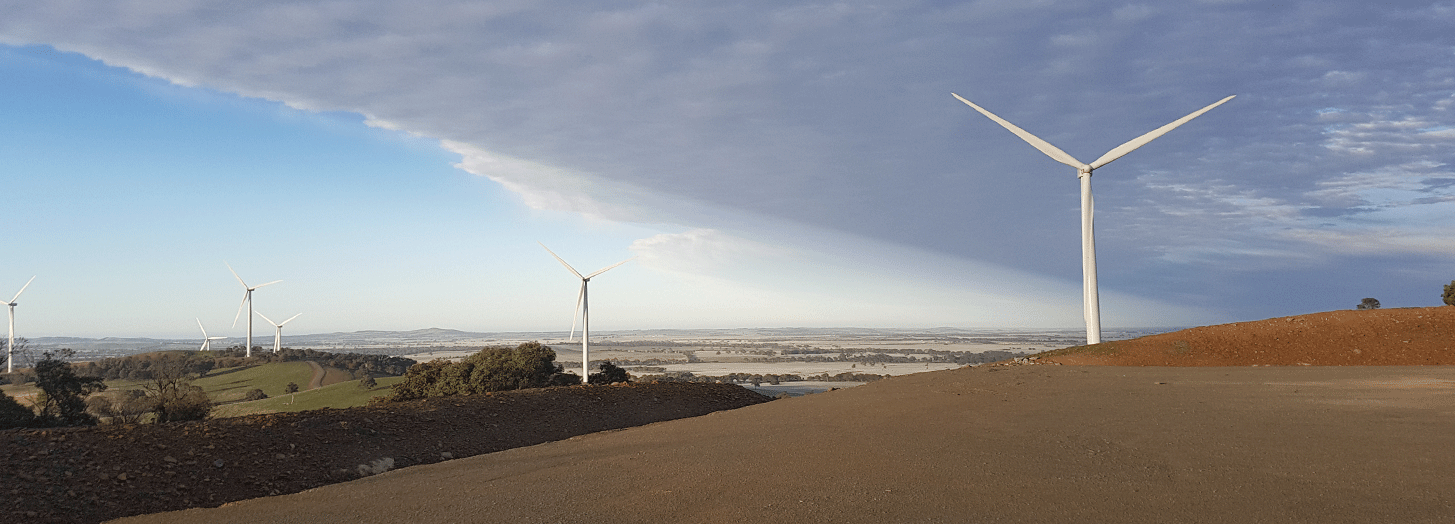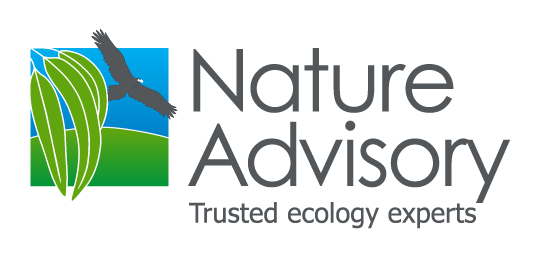
07 Feb DEECA Opens Public Consultation Period for the Development of Renewable Energy in Victoria
On December 13, 2024, The Department of Energy, Environment and Climate Action (DEECA) opened the public consultation period for the Draft Handbook for the development of renewable energy in Victoria and Discussion Paper: A better approach to managing the biodiversity impacts of renewable energy.
With the devastating impacts of climate change becoming more prevalent, Victoria is experiencing increased extreme weather events such as bushfires and storms. This is having a devastating impact on the State’s unique biodiversity, highlighting the urgency to reduce greenhouse gas emissions.
Investing in renewable energy sources such as wind energy provides a promising solution, however, the development of wind farms poses its own risk to Victoria’s biodiversity and threatened species.
To help mitigate these risks, while establishing an assessment and approvals framework that is clear, efficient and robust, DEECA released the Joint Ministers’ Statement – ‘A better approach to managing biodiversity impacts of renewable energy projects’, and subsequent supporting documents.
The statement features a risk-based approach for identifying, assessing and managing biodiversity factors and impacts.
DECCA (2024) outlines the key actions as:
- Improved spatial analysis that identifies risks and opportunities for biodiversity harm reduction and renewable energy development.
- Targeted research projects to fill critical knowledge gaps and inform policy development.
- Improved regulatory and policy guidance for proponents that reflect a strategic and risk-based approach in line with global best practice.
The Draft Handbook, released alongside the Ministers’ Statement, contains proposed goals and frameworks for decision makers and proponents to increase transparency and efficiency in the approval process for renewable energy projects.
A primary objective of the Draft Handbook is to offer guidance that encourages proponents to select sites for renewable energy projects that minimise and avoid impacts on biodiversity.
DEECA (2024, p. 7) outlines a set of risk criteria to help both proponents and governments identify which projects are likely to have the most significant effects on biodiversity, at the earliest opportunity.
Risk Factors are listed as:
- Multiple species of concern are identified at or surrounding the site
- If a species found at the site is considered ‘Critically Endagered’
- Information and data provided by the proponent fails to meet any requirements published by DEECA
- Limited understanding of critical aspects of a species, such as behaviours, population dynamics, etc.
- Similar previous developments have reported mortalities of a species of concern that has been found at the proposed development site.
Additionally, DEECA (2024, p. 14) is considering developing further species-specific guidance, particularly for Brolga and Bats, to be provided in the appendices of the Handbook following the consultation period.
The fewer risk criteria a project meets, the less complex the application, assessment processes, and approval conditions are likely to be in managing those risks. As such, these risks are vital for wind farm developers to consider early on in their planning process.
Nature Advisory’s team of experienced wind farm impact professionals can help you understand how DEECA’s risk factors and approach to managing biodiversity may impact your wind farm project. More information can be found on our ‘Wind Energy’ and ‘Services’ pages. Alternatively, you can contact our experienced team on the ‘Contact Us’ page.
To obtain the official Discussion Paper and Draft Handbook documents, or participate in the feedback process, visit Engage Victoria at Managing the biodiversity impacts of renewable energy | Engage Victoria
Department of Energy, Environment and Climate Action (2024), Managing the Biodiversity Impacts of Renewable Energy, Engage Victoria, accessed 2 January 2025, <https://engage.vic.gov.au/a-better-approach-to-managing-the-biodiversity-impacts-of-renewable-energy>
Department of Energy, Environment and Climate Action (2024), Draft Handbook for the Development of Renewable Energy in Victoria, Available at: https://engage.vic.gov.au/download/document/38045 (Accessed: 2 January 2025)
